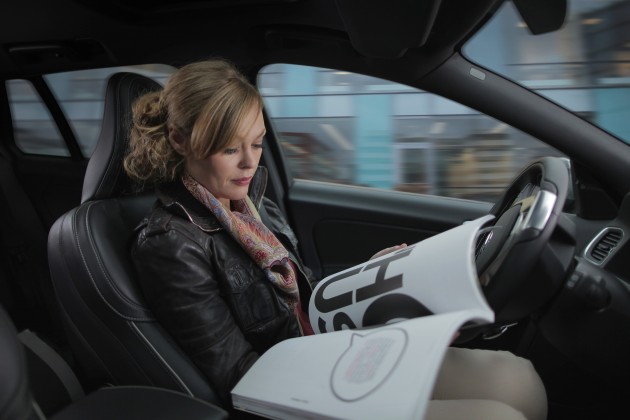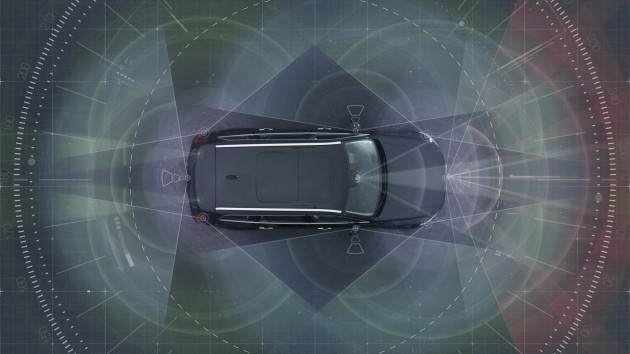
Volvo has moved one step closer towards its goal of autonomous driving by announcing that the public will be able to get its hands on self-driving cars by 2017 through a pilot for the company's Drive Me initiative. The project is said to be key to Volvo's dream of sustainable mobility and a crash-safe future.
The trial run, set to begin in Gothenburg, will involve 100 autonomous cars coursing through selected roads around Volvo's home city, integrated into real traffic. The vehicles will utilise a "production-viable" system with sensors, cloud-based positioning systems and intelligent braking and steering capabilities.
"We are entering uncharted territory in the field of autonomous driving," said Volvo's senior vice president for research and development Peter Mertens. "Taking the exciting step to a public pilot, with the ambition to enable ordinary people to sit behind the wheel in normal traffic on public roads, has never been done before."

Volvo's self-driving technology is claimed to be reliable enough to take over every aspect of driving, distancing itself from current systems through the incorporation of a fail-safe architecture with back-up systems. These include a second independent braking system in the event of failure of the main system, as the driver is unlikely to be prepared to press the brake pedal when the car is in autonomous mode.
The technology will also be capable of handling even the most challenging of situations, including heavy traffic and emergency situations. The system will alert the driver to take over when autonomous driving is no longer available, due to extreme weather conditions or a technical malfunction, for example. If the driver is incapacitated for any reason, the car will come to a stop in a safe place.
"Developing a complete technological solution for self-driving cars is a major step," said Volvo technical specialist Erik Coelingh. "Once the public pilot is up and running, it will provide us with valuable knowledge about implementing self-driving cars in the traffic environment, and help us explore how they can contribute to sustainable mobility."


No comments:
Post a Comment